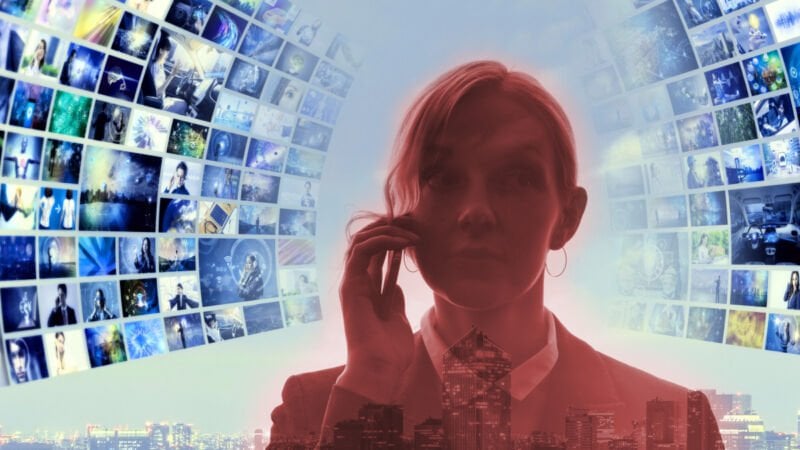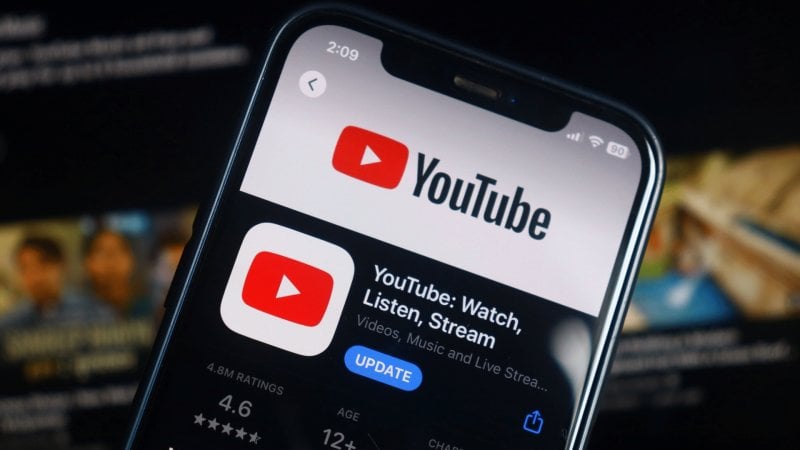YouTube establishes a new policy for videos considered “realistic”, with the aim of offering greater clarity regarding the production of content using AI.
Numerous companies and platforms are faced with the ever-increasing spread of content generated by artificial intelligence and they are trying to understand how to manage the phenomenon efficiently.
One of the main concerns is the labeling of such materials to ensure clarity on the originexplicitly signaling when an AI model is responsible for creating a photo, video, or audio snippet.
In response to this need, YouTube introduced new guidelines for labeling videos generated by these means.
In addition, YouTube announced that creators, when uploading videos, they will have to declare if the contents have been created or modified through the use of artificial intelligence.
Non-authenticity labels
From today onwards, anyone who uploads a video that appears realistic, generated through altered or “synthetic” content will be required to report it for transparency.
The platform defines it as realistic anything that could easily be mistaken for a real scene, person, or place.
If a creator uses the synthetic voice of a real person to narrate a video or replaces an individual's face with that of another person, they will be required to apply an appropriate label.
Furthermore, you will also have to declare any interventions on the filming of a real event or place, such as modifying an existing panorama or simulating a fire in a real building.
YouTube warns that if creators do not comply with these provisions, it may take action by forcefully applying the labels.
While allowing time to adjust to the new rules, the company plans to sanction those who persist in violating themomitting warnings where necessary.
In this transition phase, there will be no penalties, but in the future YouTube has stated that it will be adamant.
For repeated violations, creators may have their content removed, their account suspended, and additional unspecified fines.
Exceptions
Creators do not need to include the label if the AI was used solely for creative purposessuch as script creation, video idea generation, or automatic caption production.
For sensitive topics such as news, elections, finance and health, YouTube will directly apply a sticker on the video player for greater visibility.
Additionally, labels will not be required for “clearly unrealistic content” or negligible changes.
Adjusting colors or applying special effects, such as adding blur to the background, will not require notification of altered content, the same goes for applying lighting filters, beauty filters, or other enhancements.
YouTube's stock follows the White House recommendations which recently urged big tech companies to better manage the risks associated with generative AI and implement systems to identify artificial content (such as watermarks, metadata, etc.).
The new labels will appear on videos in the coming weeks.
It should be remembered that a few weeks ago, Google's technology, formerly known as Bard and now Gemini AI, was criticized for producing historically inaccurate and offensive images and text, with Sundar Pichai himself issuing a public apology.
#YouTube #implements #rules #videos #generated #artificial #intelligence

